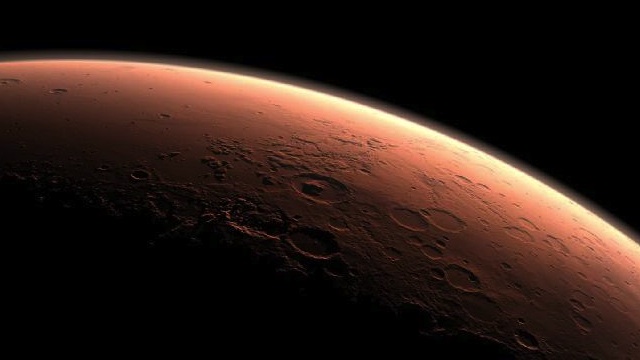SUMMARY
This is AI generated summarization, which may have errors. For context, always refer to the full article.

CHICAGO, Illinois, USA – NASA plans to send a new rover to Mars in 2020 as it prepares for a manned mission to the Red Planet, the US space agency said Tuesday, December 4.
The announcement came a day after NASA released the results of the first soil tested by the Curiosity rover, which found traces of some of the compounds like water and oxygen that are necessary for life.
President Barack Obama’s administration “is committed to a robust Mars exploration program,” NASA Administrator Charles Bolden said in a statement.
“With this next mission, we’re ensuring America remains the world leader in the exploration of the Red Planet, while taking another significant step toward sending humans there in the 2030s.”
The new rover brings the number of NASA missions currently operating or being planned for Mars to seven.
The Opportunity rover has been exploring the Martian surface since 2004. The much more sophisticated Curiosity rover landed in Gale Crater on August 6. Two other spacecraft are currently orbiting Mars to study the planet from above and help relay signals from the rovers.
A new craft — the Maven — is set to launch next year to study the Martian upper atmosphere.
NASA also plans to send a craft dubbed InSight to dig the planet’s depths in 2016 to determine whether the planet’s core is solid or liquid like Earth’s.
“The challenge to restructure the Mars Exploration Program has turned from the seven minutes of terror for the Curiosity landing to the start of seven years of innovation,” said astronaut John Grunsfeld, NASA’s associate administrator for science.
“This mission concept fits within the current and projected Mars exploration budget, builds on the exciting discoveries of Curiosity, and takes advantage of a favorable launch opportunity.”
The first spacecraft reached Mars in 1965. Mariner 4 sent back 22 close-up photos of the planet’s cratered surface and won the United States the honor of the first successful mission to Mars.
The Soviet Union was the first to successfully land on Mars in 1971, but the Mars 2 failed after relaying 20 seconds of video to an orbiter. Five years later, the United States managed to land the Viking 1 and 2 crafts, which sent back thousands of images and reams of data before they were deactivated.
Most missions to Mars have failed, although there have been a handful of successful projects, including the Pathfinder, which landed in 1997 and the Spirit, which landed in 2004 and roamed the surface for six years before contact was lost.
The design of the new rover will be based on Curiosity in order to cut costs and reduce risks of engineering errors. NASA did not immediately release the rover’s name or detail what its scientific objectives will be.
The $2.5 billion nuclear-powered Curiosity is designed to hunt for soil-based signatures of life on the Earth’s nearest neighbor and send back data to prepare for a future human mission.
It is the biggest robot ever built for planetary exploration — weighing in at a ton, about the size of a small car — and carries a complex chemistry kit to zap rocks, drill soil and test for radiation.
Scientists do not expect Curiosity to find aliens or living creatures but they hope to use it to analyze soil and rocks for signs the building blocks of life are present and may have supported life in the past. – Mira Oberman, Agence France-Presse
Add a comment
How does this make you feel?
There are no comments yet. Add your comment to start the conversation.